In today’s digital age, blogging has evolved from a casual pastime into a powerful platform for sharing information, expressing creativity, and even generating income. Whether you’re looking to start a personal blog to share your thoughts and experiences or a professional one to build your brand and reach a wider audience, understanding the basics is crucial. This comprehensive guide will walk you through everything you need to know to start and maintain a successful blog.
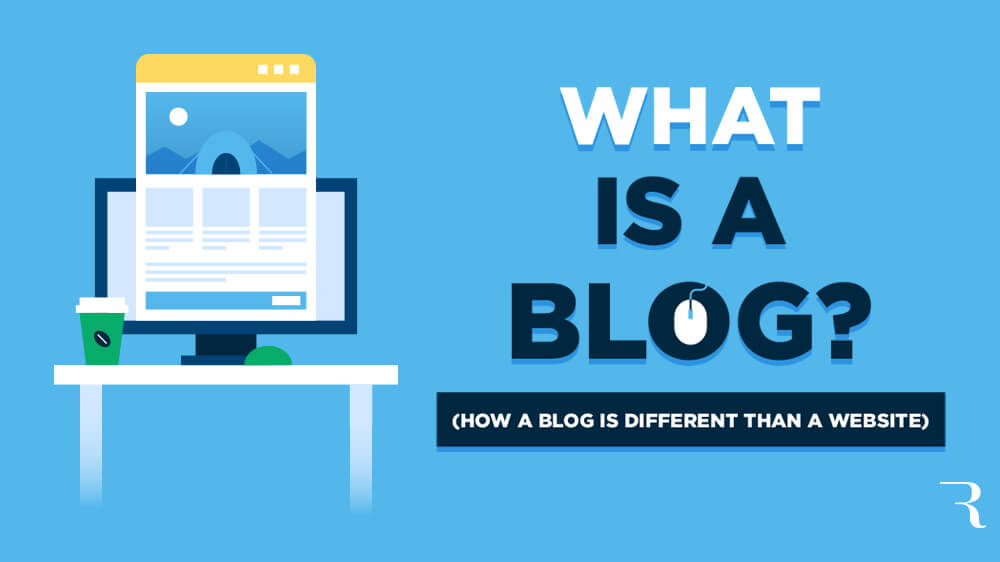
Understanding Blogging
Blogging began in the late 1990s as an online diary where people would post updates about their personal lives. Over time, it has transformed into a diverse medium used by individuals and businesses to share insights, build communities, and influence public opinion. A blog is essentially a website that is regularly updated with new content, known as blog posts, displayed in reverse chronological order. The dynamic nature of blogs makes them ideal for sharing timely information, engaging with readers, and showcasing expertise.
Choosing a Blogging Platform
The first step in starting a blog is choosing the right platform. Several blogging platforms are available, each with its own strengths and weaknesses. The most popular platforms include WordPress.org, WordPress.com, Blogger, Wix, and Medium.
WordPress.org is a self-hosted platform known for its flexibility and extensive customization options. It requires purchasing a domain name and web hosting but offers complete control over your blog’s appearance and functionality. WordPress.com, on the other hand, is a hosted version of WordPress. It’s easier to set up but offers fewer customization options.
Blogger, owned by Google, is a free platform that’s great for beginners. It’s easy to use and integrates well with other Google services, but it lacks some of the advanced features of WordPress. Wix is a website builder that offers blogging capabilities. It’s user-friendly and offers a range of design options, but it can be more expensive than other platforms. Medium is a platform designed for writers. It’s simple to use and has a built-in audience, but you have less control over your content and how it’s monetized.
When choosing a platform, consider factors such as ease of use, customization options, support, and monetization potential. Your choice of platform will significantly impact your blogging experience and success.
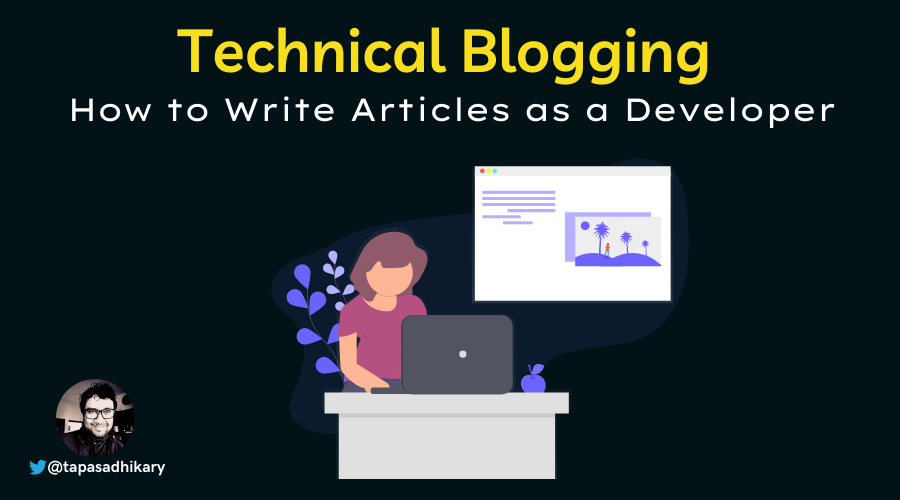
Selecting a Niche
A crucial step in starting a blog is selecting a niche. A niche is a specific area or topic that your blog will focus on. Choosing the right niche is vital because it defines your target audience and the type of content you’ll create. To select a niche, consider your passions and interests. Blogging requires a lot of time and effort, so it’s essential to choose a topic you’re passionate about. Your knowledge and expertise in the area are also important. Writing about a topic you’re knowledgeable about will establish you as an authority and attract readers seeking valuable information.
Market demand is another critical factor. Ensure there is an audience interested in your niche by conducting keyword research and analyzing trends. Tools like Google Trends and Keyword Planner can help you identify popular topics and assess the level of competition. While it’s important to choose a niche with a sizable audience, avoid overly saturated markets where it might be challenging to stand out.
Popular blogging niches include personal development, health and fitness, travel, food and recipes, technology, finance, and lifestyle. Each of these niches offers numerous subtopics, allowing you to narrow your focus even further and cater to a specific segment of the audience.
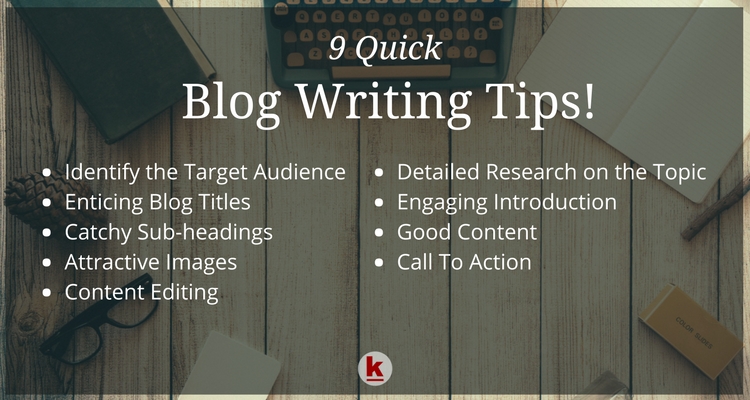
Setting Up Your Blog
Once you’ve chosen a platform and a niche, it’s time to set up your blog. The first step is selecting a domain name, which is your blog’s address on the internet. A good domain name is short, memorable, and relevant to your blog’s content. It should be unique to distinguish your blog from others and easy to type to avoid confusing your audience.
Next, you’ll need to choose a web hosting service if you’re using a self-hosted platform like WordPress.org. Web hosting is where your blog’s content is stored and accessed by visitors. Popular web hosting providers include Bluehost, SiteGround, and HostGator. When selecting a host, consider factors such as reliability, customer support, and scalability.
After securing your domain name and hosting, it’s time to install your blogging platform. If you’re using WordPress, most web hosts offer one-click installation, making the process straightforward. Once your platform is installed, you can start customizing your blog’s design and layout.
Choosing a theme is an important part of setting up your blog. A theme determines the appearance of your blog, including its layout, colors, fonts, and overall design. Select a theme that is responsive, meaning it looks good on all devices, including desktops, tablets, and smartphones. A customizable theme allows you to make changes to match your brand and preferences. Additionally, ensure the theme is fast-loading, as site speed affects user experience and search engine rankings.

Creating Content
Creating high-quality content is the heart of successful blogging. The first step in content creation is understanding your audience. Conduct audience research to learn about their preferences, needs, and interests. This knowledge will help you create content that resonates with them and keeps them coming back for more.
Blogs can feature various types of content, including written articles, videos, podcasts, infographics, and interviews. Written articles, or blog posts, are the most common form of content. When writing blog posts, start with a catchy title to attract readers’ attention. A compelling headline is crucial because it’s the first thing readers see and determines whether they’ll click on your post.
The introduction of your blog post should hook your readers and give them a reason to continue reading. It should provide a brief overview of what the post will cover and why it’s valuable. The body of your post is where you deliver the main content. Break it into sections with subheadings to make it easy to read and digest. Use bullet points, numbered lists, and images to enhance readability and engagement.
Conclude your blog post by summarizing the main points and providing a call-to-action (CTA). A CTA encourages readers to take a specific action, such as leaving a comment, sharing the post, or subscribing to your newsletter.
Maintaining a content calendar is essential for planning and organizing your posts. A content calendar helps ensure consistency, which is key to building and retaining an audience. It allows you to plan ahead, schedule posts, and avoid last-minute scrambling.
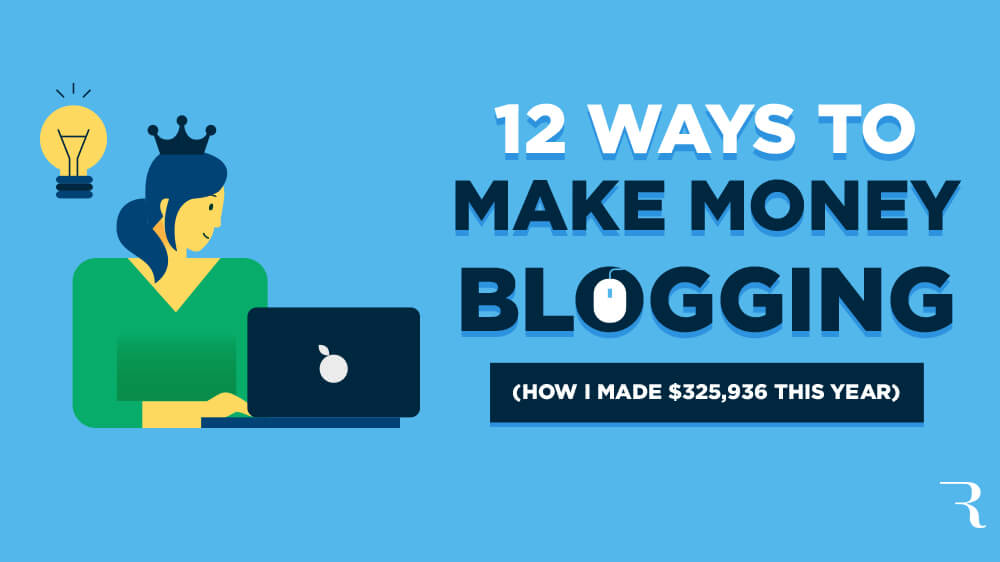
SEO and Promotion
Search Engine Optimization (SEO) is the process of optimizing your blog to rank higher in search engine results. Higher rankings lead to increased visibility and traffic. Key SEO factors include using relevant keywords, writing compelling meta descriptions, obtaining backlinks, and ensuring your blog is mobile-friendly.
Keywords are the terms and phrases that people use to search for information online. Conduct keyword research to identify the keywords relevant to your niche and incorporate them naturally into your content. Avoid keyword stuffing, as it can harm your rankings and make your content less readable.
Meta descriptions are brief summaries of your blog posts that appear in search engine results. Write compelling meta descriptions that include your target keywords and entice users to click on your link.
Backlinks are links from other websites to your blog. They signal to search engines that your content is valuable and trustworthy. Obtain backlinks by creating high-quality content that others want to link to and by networking with other bloggers and websites in your niche.
Ensure your blog is mobile-friendly, as a significant portion of internet traffic comes from mobile devices. A responsive design adapts to different screen sizes and provides a seamless user experience.
Promoting your blog is essential for reaching a wider audience. Share your content on social media platforms such as Facebook, Twitter, Instagram, and LinkedIn. Each platform has its own strengths, so tailor your approach to each one. For example, use Instagram for visually appealing content and Twitter for quick updates and engagement.
Email marketing is another effective promotion strategy. Build an email list and send newsletters to your subscribers with updates, exclusive content, and promotions. Use an email marketing service like Mailchimp or ConvertKit to manage your list and campaigns.
Guest blogging involves writing posts for other blogs in your niche. It allows you to reach a new audience and obtain backlinks to your blog. Networking with other bloggers and influencers can also help you promote your blog and build valuable relationships.

Engaging with Your Audience
Engaging with your audience is crucial for building a loyal following. Responding to comments shows that you value your readers’ feedback and encourages further interaction. Create a sense of community by encouraging readers to share their thoughts and experiences.
Use forums, social media groups, and live Q&A sessions to foster interaction and build relationships with your audience. Analyzing feedback from your audience can provide valuable insights into what’s working and what needs improvement. Use surveys, polls, and analytics tools to gather feedback and make data-driven decisions.
Monetizing Your Blog
Once your blog has gained traction and has a steady audience, you can start monetizing it. There are several ways to make money from your blog, including advertising, affiliate marketing, selling products or services, and offering memberships and subscriptions.
Advertising is one of the most common monetization strategies. Display ads on your blog through platforms like Google AdSense. Sponsored posts, where brands pay you to write posts promoting their products or services, are another option.
Affiliate marketing involves promoting products or services and earning a commission for each sale made through your referral link. Choose affiliate programs relevant to your niche and promote products you genuinely believe in.
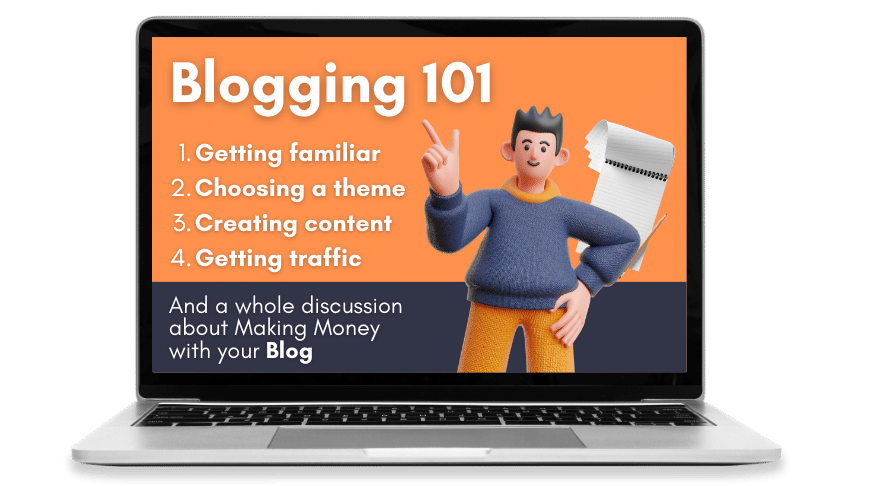
Selling your own products or services can be highly lucrative. Offer digital products like e-books, online courses, or printables. If you have a particular skill or expertise, consider offering consulting or coaching services.
Membership and subscription models provide exclusive content to paying members. This could include access to premium articles, videos, webinars, or a private community.




Как строят каркасные дома под ключ: этапы и особенности
строительство каркасного дома http://www.karkasnye-doma-pod-klyuch-01.ru .
Пансионат для пожилых с программами досуга: активная старость
пансионаты для пожилых в москве http://www.pansionaty-dlya-pozhilyh1.ru/ .
Бухгалтерские услуги для предпринимателей: управляйте финансами эффективно
ооо бухгалтерские услуги https://www.buhgalterskie-uslugi-495.ru/ .
Подарочные сертификаты на морские прогулки в Сочи: Идеальный подарок
морские экскурсии в сочи https://morskie-progulki-v-sochi.ru/ .
Как увеличить трафик на сайт с помощью SEO
продвижение сайтов москва https://prodvizhenie-sajtov-viz.ru .
Диплом о высшем образовании: Специальные цены и бесплатная доставка для наших клиентов
диплом купить о высшем образовании https://www.dipls-w.ru .
Эксплейнеры в инфографике: Как они могут улучшить понимание
объясняющее видео объясняющее видео .
Как выбрать клинику для проведения медосмотров сотрудников
профосмотры медицинские https://www.profosmotry-495-el.ru .
Купить дипломы с доставкой: Надежно и конфиденциально
куплю диплом с занесением http://www.kupyt-diplom.ru .
Поролон для мебели: Гарантия качества и комфорта
поролон мебельный купить москва поролон мебельный купить москва .
Дома из бруса под ключ: цены и условия строительства
дома из бруса в москве http://www.doma-iz-brusa-pod-klyuch1.ru .
Уфанет: как настроить родительский контроль на ТВ и интернет
уфанет официальный сайт http://www.ufanet-podklyuchit.ru/ .
Акции на швейные машинки: эксклюзивные предложения только в нашем магазине
аврора швейная машинка https://sewing-machines2.ru/ .
Keep Your Family Safe
Power Outages? No Problem with the Best Solar Generator for Home Backup
solar generator for home backup http://www.olargener-ackup.com/ .
Срочный займ без паспорта: плюсы и минусы этого вида займов
займы онлайн на карту без паспорта http://srochnyj-zaym-bez-pasporta.ru/ .
Купить большой 3D принтер
купить большой 3d принтер lastyu-bigpech.ru .
Инновационные решения для вашего проекта
3D печать металлом на заказ в Москве: современные технологии для вашего бизнеса
3D печать металлом на заказ в Москве https://3d-pechtmet.ru/ .
Hi there! safestreet.live
Did you know that it is possible to send letter regularlСѓ legally? We suggest a novel method for sending requests via contact forms.
Also, messages sent through Feedback Forms do not get marked as spam because such messages are considered important.
You’re invited to sample our service at no cost.
We are able to send up to 50,000 messages for you.
The cost of sending one million messages is $59.
This letter is automatically generated.
Please use the contact details below to get in touch with us.
Contact us.
Telegram – https://t.me/FeedbackFormEU
Skype live:feedbackform2019
WhatsApp +375259112693
WhatsApp https://wa.me/+375259112693
We only use chat for communication.
Stay Powered Anywhere
Power Up Your RV with the Top Solar Generators on the Market
solar generator with 30 amp rv outlet ghkolp-56dert.ru .
Solar Generator: The Essential RV Accessory
solar generator for rvs http://argener-rv4.ru/ .
Reviews and Recommendations
Solar Panels for Camping: Tips and Tricks for a Successful Trip
The Best Solar Panels for Camping in 2021
solar panel for camping van stport-solarpanels.ru .
Top Picks and Reviews
Comparing the Best Solar Generators for RV: Which One is Right for You?
Maximizing Your RV Experience with the Best Solar Generator: A Complete Buyer’s Guide
Stay Powered Up on the Road: The Top Solar Generators for RVs Reviewed
Choosing the Best Solar Generator for Your RV: Tips and Recommendations
RVing Made Easy: The Best Solar Generators for Your Home on Wheels
Powering Up on the Go: The Best Solar Generators for RV Explained
Get Off the Grid with the Best Solar Generator for Your RV
solar powered generator for rv https://www.rv4sol-gen.com .
Уфанет: лучшее интернет-соединение в городе
интернет провайдер уфанет интернет провайдер уфанет .
Полный гид по модульным кухням в Новосибирске: стили, тенденции, рекомендации
модульная кухня в новосибирске купить http://www.modulnie-kuhni-novosibirsk.ru .
Как выбрать slm принтер для покупки?
3д принтер slm https://www.ptrlmms-3d.ru .
Лучшие 3D принтеры с двумя экструдерами
3д принтер с 2 экструдерами https://www.ekstrd-2.ru/ .
Как влияют на окружающую среду
20. Какие перспективы открывает использование slm принтеров в архитектуре
slm принтер купить slm принтер купить .
Дом престарелых: спокойная и активная старость
дом престарелых https://www.doma-prestarelyh1.ru/ .
Вывод из запоя: ваш путь к здоровой и счастливой жизни
вывести из запоя https://www.vyvod-iz-zapoya114.ru/ .
Срочный займ без паспорта: как получить одобрение за 5 минут
займ без селфи с паспортом займ без селфи с паспортом .
Уфанет в Уфе: лучшие предложения для подключения домашнего интернета
уфанет тарифы https://ufanet-tarify.ru .
Купить вино по лучшей цене: как не переплатить
купить вино цена москва https://www.xn—-1-fdd2ack2aje8aj4j.xn--p1ai/ .
Купить вино по лучшей цене: интернет-магазины с хорошими отзывами
москва цена вина xn—-1-fdd2ack2aje8aj4j.xn--p1ai .
Howdy-ho! safestreet.live
Did you know that it is possible to send business offer lawfully? We propose a novel legal method of sending appeals through feedback forms.
Also, messages sent through communication Forms do not get into spam because such messages are considered to be of utmost importance.
We offer you the opportunity to test our service free of charge.
We can transmit up to 50,000 messages on your behalf.
The cost of sending one million messages is $59.
This offer is automatically generated.
Please use the contact details below to get in touch with us.
Contact us.
Telegram – https://t.me/FeedbackFormEU
Skype live:feedbackform2019
WhatsApp +375259112693
WhatsApp https://wa.me/+375259112693
We only use chat for communication.
Как выбрать экскурсионный тур в Мурманск на китов
мурманск увидеть китов https://tur-v-murmansc-na-kitov.ru .
Летний туры в Мурманск: наслаждайтесь красотой Кольского полуострова
экскурсии из мурманска в териберку летом https://murmansk-ecskursii-letom.ru .
review sites customer feedback.
Ищете двигатели Cummins? Здесь вы найдете лучшие предложения
двигатель cummins камаз купить https://xn—-1-5cdbjhgmwffymsas5f4j.xn--p1ai .
Как выбрать двигатель Cummins: критерии оценки и рекомендации
каталог двигателей cummins https://www.xn—-1-5cdbjhgmwffymsas5f4j.xn--p1ai/ .
Ножи с фиксированным лезвием: стойкость и долговечность
охотничий нож https://wibe-industrial.ru/ .
Советы по выбору ножа: полезные статьи для покупателей
ножик https://www.siniilos.ru/ .
Choosing the Right CPU Optimizer for Multi-tasking
optimize cpu cpu-optimization-app.com .
Основные принципы инвестирования: советы от профессионалов
с чего начать инвестировать новичку с нуля https://100topseries.com/ .
Финансовый рынок для начинающих: Все, что нужно знать
финансовыми рынками являются http://academia-press.ru/ .
Где купить Виагру для потенции с бесплатной доставкой
купить для потенции в минске https://viagrshop-hot1.ru/ .
san jose plumbing https://www.plumbersan-joseca4.com .
Все виды банковских услуг: Управляйте деньгами с комфортом
продукты банковских услуг продукты банковских услуг .
Финансовые технологии и блокчейн: Готовьтесь к новым стандартам безопасности
основы финансовых технологий https://www.4wish.ru .
Финансовая стабильность бизнеса: Как управлять капиталом эффективно
финансовая стабильность в россии http://www.33bear.ru/ .
Воплотите мощь в движение с двигателями Cummins от нашей компании
дизельные двигатели камминз xn—-1-5cdbjhgmwffymsas5f4j.xn--p1ai .
Финансовая аналитика в корпоративном мире: Как повысить эффективность
работать финансовым аналитиком http://www.7754.ru .
Биржевая торговля ETF: Как инвестировать в фонды с минимальными рисками
биржа https://48pro.ru/ .
Астрологические консультации и детальный прогноз по дате рождения
астрологическая консультация бесплатно https://www.wp-craft.ru .
Свежие финансовые новости 2024: Основные тренды и прогнозы экспертов
новости фондового рынка сегодня 54mospb.ru .
Астрологические прогнозы и здоровье: Как звезды влияют на ваше самочувствие
гороскопы worknorth.ru .
Ремонт Коттеджа Алматы – ТОО “Ваш-Ремонт” помжет Вам от идеи до реализации. Надежно, качественно и в срок. Мы предлагаем полный спектр услуг: от дизайна интерьера до отделочных работ любой сложности. Доверьте свой ремонт опытным специалистам и получите идеальный результат.